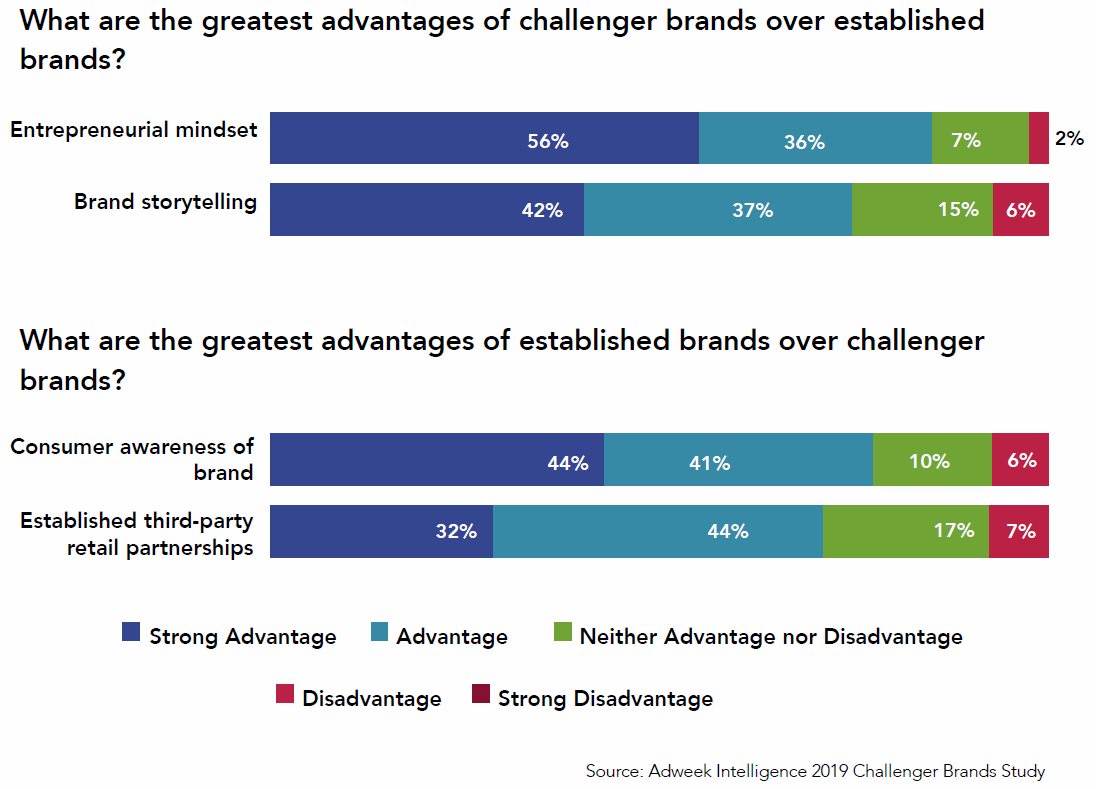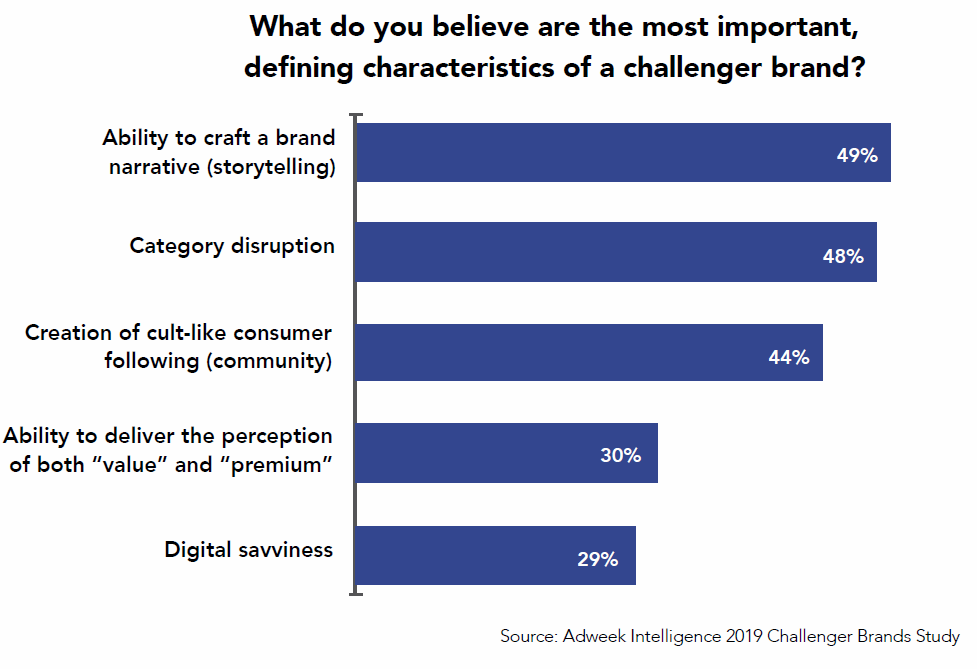Achieving the Golden “Narrative Transport” in Brand Storytelling

A brand’s greatest marketing assets are its guarantee of trust, its hard-earned reputation and its connection to its customers. But what if most consumers only have a shallow understanding of a brand? That’s where brand storytelling comes in to bridge that gap and make meaningful connections with consumers. The power of storytelling lies in putting the brand and its consumers at the forefront. It is the subtle art of telling stories in lieu of more blatant promotion.
One of the reasons storytelling is so effective and in-demand as a marketing tactic is because it resonates more closely and longer with consumers. Storytelling can arouse powerful emotions, grab the audience’s attention and provokes them to take action. According to Jennifer Aaker, a social psychologist and marketing professor at the Stanford Graduate School of Business, stories are remembered up to 22 times more than facts alone. This makes stories an excellent vehicle to advocate for a brand.
Narrative transport
Storytelling is immersive and can induce what researchers term “narrative transport,” a supremely powerful concept in which your audience not only sympathizes with the narrative, but is also compelled to act.
According to several studies on how storytelling affects the brain, researchers believe that storytelling activates parts of the brain that are receptive to language, auditory input and smell and even stimulates the neurons associated with performing the actions described. By studying the effects of fiction on the mind, Researchers at Emory University discovered that stories can impart neural changes that make the audience feel as if they are in the story, and the effects don’t wear off immediately. This is an important tool for marketers to generate long-term affinity from their audience, but before they can tell the story, they must first identify the problem.
Identify the problem, provide the solution, narrate the results
In the minds of consumers, brands exist for one purpose: to solve a problem. If a consumer lacks reliable transportation to and from work, home, errands, etc., they seek out a car dealership. If their current wardrobe is looking a bit worse for the wear, they look for new clothes. Businesses exist to solve problems, and for credit unions, this means providing excellent financial products and services.
Brand differentiation lies in how companies solve these problems. For example, brands like Nike and Adidas do not only solve the problem of providing shoes for their customers, but they have also differentiated themselves in the quality and reliability of their products.

In the same vein, brand storytelling lies in not how a company solves a problem, but in how the story of that problem is related. The Guinness Brewery, for example, does not simply tout the highlights of its beers, it also promotes the history of its 250-year-old brewery and how centuries of experimenting with different ingredients, brewing techniques and storage practices have culminated in a line of beverages that is widely recognized throughout the beer-drinking world. A story has to be more than just a list of features or an attractive price tag; a story must have an emotional draw — preferably more than one.
Credit unions are experts at providing solutions to their members’ myriad financial problems. However, telling the story behind it is much different. From helping members find an affordable vehicle, purchasing their first home or getting that much-needed small business loan, credit unions solve more problems than one. The challenge is how the credit union relays this to their members.

Just as any proper narrative requires a beginning, middle and end, marketing narratives require a problem, solution and result. This is where marketers need to start in their pursuit of the desired “narrative transport” phenomenon in their brand storytelling.
« Return to "CUSG Blog Corner"
- Share on Facebook: Achieving the Golden “Narrative Transport” in Brand Storytelling
- Share on Twitter: Achieving the Golden “Narrative Transport” in Brand Storytelling
- Share on LinkedIn: Achieving the Golden “Narrative Transport” in Brand Storytelling
- Share on Pinterest: Achieving the Golden “Narrative Transport” in Brand Storytelling